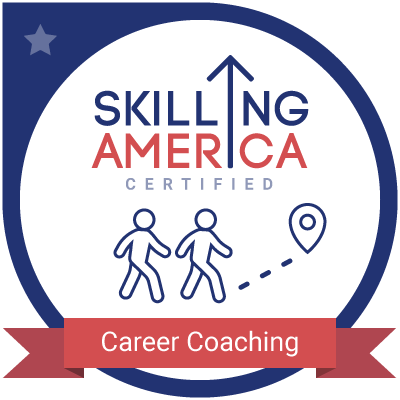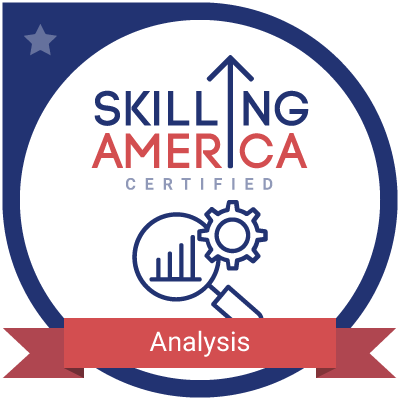Over the past few months I have worked with individuals who have barriers to employment. They are lack the training or education to the career they intend to pursue. I work with the youth population and those that are motivated and have a clear focus have succeeded. For some it may take longer to get to the career of choice. For example, I have youth that are in training and have to earn a certificate/license in order to apply for jobs in the career of their choice. So far I have seen very positive outcomes.
I used critical thinking a lot during COVID. It was important to keep the youth programs active and to maintain youth participation. Between texting, emailing, phone calls and zooms we were able to keep the programs going.
I work with young adults and there have been times they do not answer their phone or email messages. I've learned that the young adults nowadays prefer text communication. It has worked in our communication. I've also learned ways to talk with young adults in a way that they understand and not "just another adult telling them what to do". The decisions they make are their decisions, not mine. I have learned to master this conversation with young people and it has worked.
Our workforce investment board meetings quarterly and during that meeting local businesses have an opportunity to discuss how our career center can inspire and motivate key stakeholders. Our board members offer valuable information to allow us to better serve our customers and businesses.
Job analysis is very helpful to me in working with the youth population. I like how ONet gives a summary report on an occupation. It is an eye opener sometimes and for some they may change their mind in what they want to do. When reviewing the skills involved in a specific occupation, a person can have an idea on what knowledge, skills and abilities that are required. If a person is limited on technology skills, I am able to provide assistance through my program.





